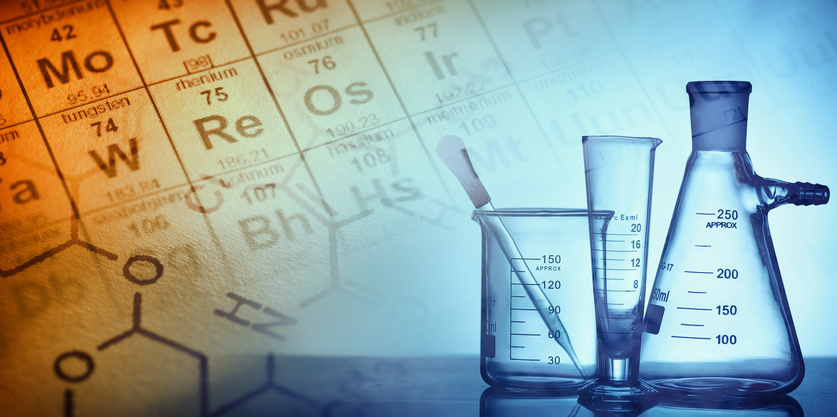Residual Solvent Testing
Figure 1: Selective ion chromatogram demonstrating separation, baseline resolution and trace (10ppb) detection of xylene isomers and ethylbenzene.
Pharmaceutical products and medical devices often employ organic solvents as processing aids during manufacturing. These solvents represent volatile or semi-volatile organic chemicals used during API synthesis, excipient manufacture, medical device manufacturing, or as cleaning agents. Often complete removal of these species is not possible, and characterization of residual solvent levels in a product is a critical component of a pharmaceutical or medical device risk assessment. USP and ICH guidelines set maximum recommended residual solvent levels for a variety of commonly employed solvents, subdivided into Class I, Class II, and Class III residual solvents.
Cambridge Polymer Group can characterize pharmaceutical, medical device, or combination products for the presence of residual solvents. For common solvents and matrices testing may be performed according to USP <467> and with reference to ICH Q3C guidelines. For unusual solvents or matrices, CPG can assist in the development, validation, and (where necessary) transfer of residual solvent analytical methods. Method validation is performed per USP <1225> and ICH Q2(R1) guidelines.
Figure 2: Total ion chromatogram demonstrating chromatographic method for the separation of 22 residual solvent target analytes. Some highly related species exhibit minor chromatographic co-elution but may be separated and quantified by characteristic mass spectral ions. Asterisks indicate matrix peaks.
CPG scientists have experience developing and validating methods addressing a variety of residual solvent analytical challenges. Figure 1 shows an excerpt of a GC-MS method for the ppb-level trace analysis and quantitation of three xylene isomers and ethylbenzene. Figure 2 shows an example of an analytical method for the simultaneous separation and quantitation of 22 residual solvent target analytes.
Contact us to learn about how CPG’s residual solvent testing capabilities can assist in your current or future project work.
